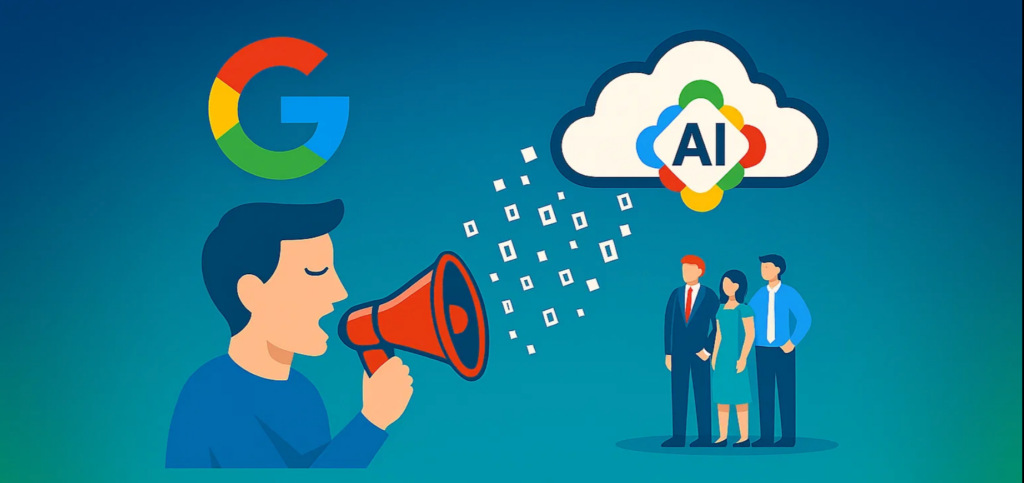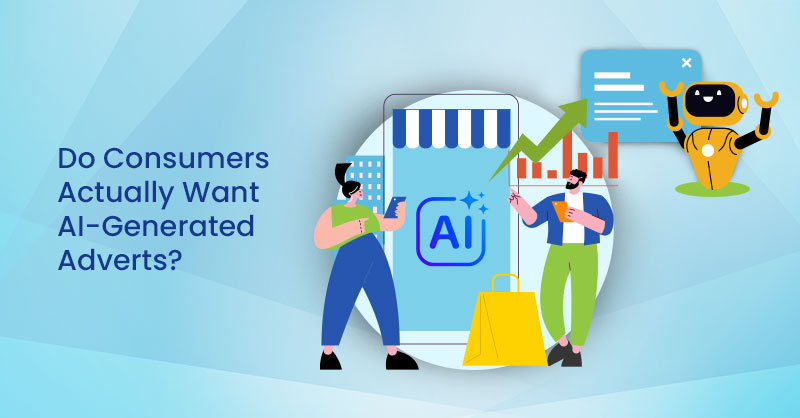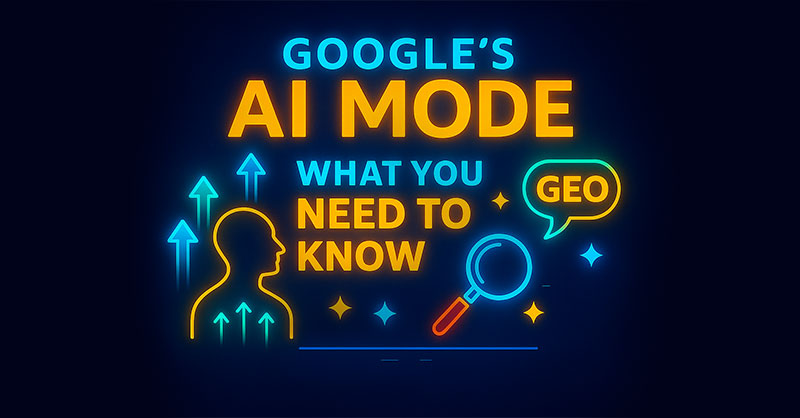Why Zero-Click Search Has Become the New Default
Zero-click search is an intentional shift in how Google delivers value, designed to answer users’ questions directly on the SERP. Google knows users crave answers now: weather, definitions, quick how-tos, product specs. Instead of sending you away, Google serves up featured snippets, Knowledge Panels, and interactive carousels of images and videos. According to recent SparkToro data, nearly 60% of U.S. searches end without a click to an external site.
"Metrics don't capture off-site visibility anymore. So we’re now tracking an AI visibility score—measuring how often your brand appears in AI results," noted the NP Digital team.
Additional insight:
- Query Satisfaction Signals: “Satisfaction signals, and reducing follow-up queries are crucial to assessing answer quality,” one speaker noted, underscoring why your content must fully resolve a query on the first pass.
The takeaway? Your content can’t just rank—it must resonate in-page. Winning the featured snippet can deliver more eyeballs than the #3 organic spot ever did. But the bar has risen: AI Overviews demand complete, well-structured answers to capture attention in a zero-click world.
How Google’s AI Overviews Rewrite the Rules

At Google I/O 2024, Google rolled out its Search Generative Experience (SGE)—an AI-powered layer that synthesizes answers into conversational overviews. Think of it as Google’s personal research assistant: it crawls links, pulls context, and presents a succinct answer without leaving the SERP. From the webinar:
- New interface call-out: “This isn’t just another interface on you—from AI Overviews to AI mode, what you’re seeing… is all changing.”
- Zero-click content emphasis: “Your content, it’s not just optimizing for rankings, it’s optimizing to serve AI Overview, zero-click content,” one expert stressed.
- Overview update cadence: “The frequency of AI Overviews doubles every quarter. If you're not showing up in these Overviews, you're not just missing traffic—you’re missing opportunity,” Ronnie Malewski warned.
- Structure guidance: “Did this actually answer the question rather than did it use the right words? … Use who, what, when, why,” urged Neil Patel, underscoring why semantic sections matter.
- Ad-enabled soon: The hosts teased, “AI Overviews will soon support ads,” signalling that paid strategies must evolve alongside organic.
In short, SGE doesn’t kill traffic—it redefines discovery. The pages that win are those meticulously structured to serve as complete, conversational answers.
Structuring Content That Feeds Both Humans and AI
Neil Patel and Ronnie Malewski both stress the same core principle: Answer the question—don’t chase the algorithm. Here’s how to do it:
- Lead with the user’s problem. Start each page with an empathetic hook. Acknowledge the pain point, then promise a clear, structured solution.
- Use semantic headings. Your H2s and H3s should mirror natural queries (e.g., “How to Choose a Noise-Cancelling Headphone for Travel”). This helps Google—and your readers—find the right section instantly.
- Deploy FAQ schema. Embedding question-and-answer markup gives you a direct shot at People Also Ask and AI citations.
- Break down answers. Bullet points, numbered lists, and concise paragraphs boost scannability and feed Google’s snippet extractor.
- Infuse genuine expertise. “When we tested this approach with 50 small businesses, we saw a 25% lift in AI impressions,” shared Malewski, demonstrating real-world impact.
Additional insight:
- Deep Context Crawling: “AI crawls links, pulls context from different web pages, then presents a succinct answer,” reminding us that context-rich content matters as much as keywords.
By structuring content this way, you win snippets and build trust. A visitor who finds their answer in 30 seconds is likelier to explore deeper, subscribe, or convert.
Off-Page Signals: Why Brand Mentions Trump Backlinks Alone

In the AI era, brand authority is measured not just by backlinks, but by how often your brand is talked about in reputable spaces. Neil Patel notes that AI models are “learning” from news sites, forums, and social media threads—so a mention on TechCrunch or a deep dive on Reddit can feed the AI’s reference pool almost as powerfully as a classic link.
Actionable tip: Launch mini-PR campaigns that generate conversations. Host a webinar on emerging trends, publish a proprietary survey, or team up with an influencer for a Q&A. Then monitor and amplify those mentions—each public reference becomes a signal that Google’s AI layer might surface.
Lower Traffic, Higher Intent: Converting Despite Zero-Click
Yes, aggregate organic traffic can dip as Google serves more answers in the SERP, but that doesn’t mean your funnel dries up. When AI Overviews and featured snippets satisfy casual browsers, the visitors who do click through are often your most qualified leads—people who need deeper insights, want to compare options, or are ready to convert.
- Traffic vs. Revenue: “Less traffic doesn’t necessarily mean less sales… conversion rate is actually much higher,” Neil Patel explained, reinforcing that quality often trumps quantity.
- Use smart CTAs in snippet-ready content. Even in a featured snippet or FAQ schema, include a concise call-to-action (“Learn more about our process,” “See detailed case studies,” “Get your free trial”) so that when browsers click, they land on a page primed to convert.
- Nurture zero-click visibility into brand awareness. If Google’s answer cites your brand, that counts as a touchpoint. Later, when users search again or see your name in related content, they’ll recognize and trust you, boosting the odds they’ll click your ads or organic listing when it matters.
In other words, zero-click search filters out casual curiosity. The searchers who make it through are often further down the funnel, and that’s exactly who you want.
Case in Point: TheOrdinary.com’s Precision Content
Skincare aficionados have turned TheOrdinary.com into a go-to resource, and AI models have noticed. By crafting hyper-specific pages (“Best Niacinamide + Zinc Serum for Oily Skin: A Clinician’s Perspective”), The Ordinary aligned its content with the exact queries users type. The result? Their pages populate featured snippets and AI Overviews alike, driving organic leads directly from the snippet layer.
Lesson: Own a narrowly defined topic, solve it exhaustively, and Google’s AI will point users your way.
Your 2025 SEO Playbook: From Theory to Practice
- Audit for zero-click readiness. Identify your top-traffic pages and check if they appear in featured snippets, PAA, or AI Overviews. If not, restructure them using semantic headings and succinct answers.
- Map out long-tail questions. Use Ubersuggest, AnswerThePublic, or your own Search Console data to compile a list of 20–30 real questions your audience asks. Build dedicated FAQ sections or mini-guides around each.
- Refresh with E-E-A-T in mind. Update stats, add author bios, and link to high-authority sources. A recent Google study showed that pages with clear expertise signals are 25% more likely to be cited in AI Overviews.
- Craft share-worthy brand assets. Launch a research report, infographic, or toolkit that others will reference. Each citation strengthens your off-page profile in Google’s AI corpus.
- Measure beyond clicks. Track AI Impressions, Answer Engagement, and dwell time. These metrics will eclipse raw organic click-through rates as zero-click searches grow.
SEO for the Age of AI
The SERP is no longer a simple list of blue links—it’s a layered tapestry of answers, summaries, and interactive features. As Google weaves AI into search, marketers must become architects of clarity: building content that satisfies both an impatient human and an unblinking algorithm.
Done right, this isn’t a zero-sum game. You’ll still earn clicks, but you’ll also capture attention—and trust—before the click ever happens. In a world where information is the new currency, that’s how you stay ahead.
For the latest digital marketing news, check out our blog. To book an appointment, call or contact us here.





